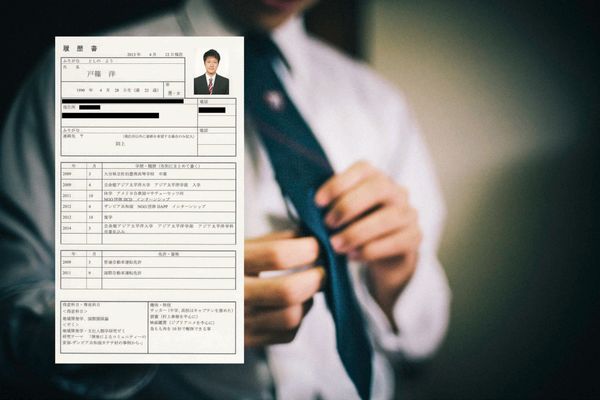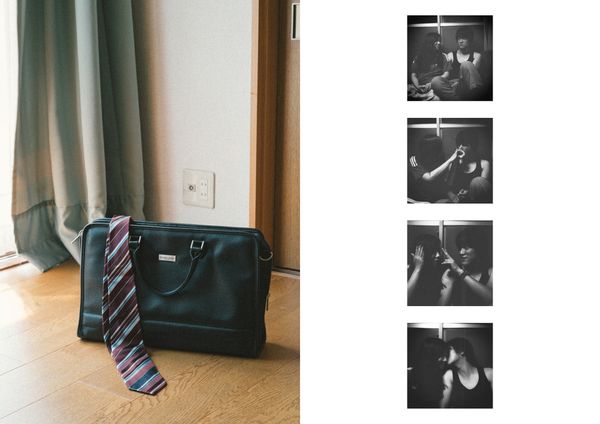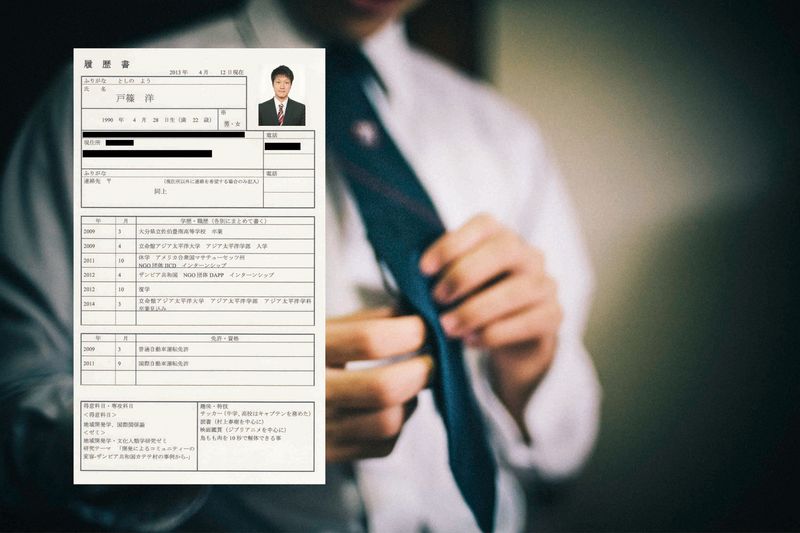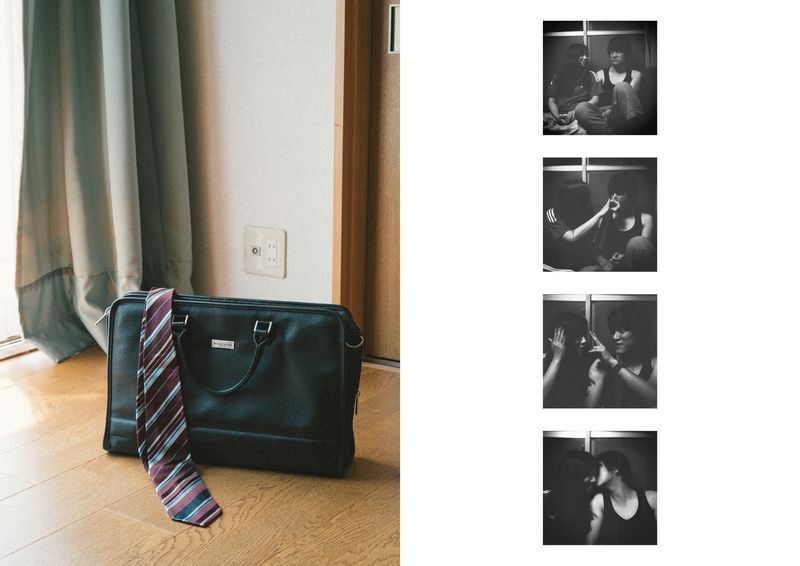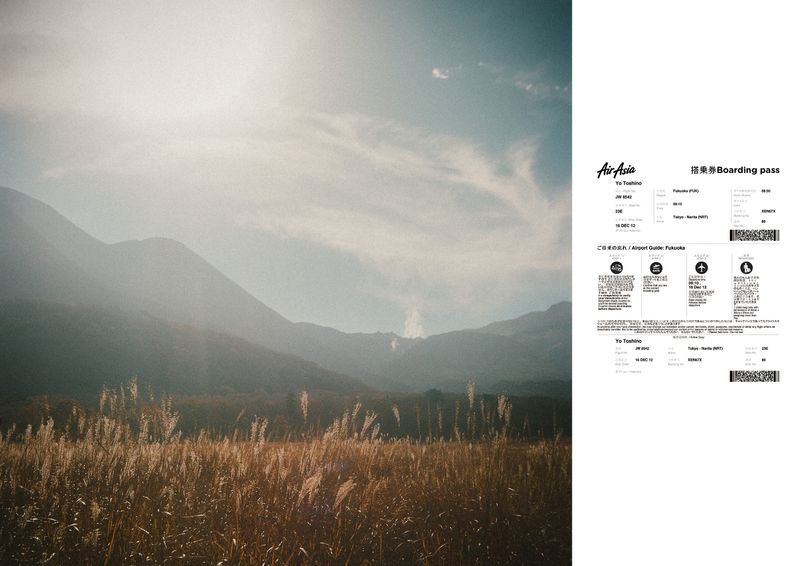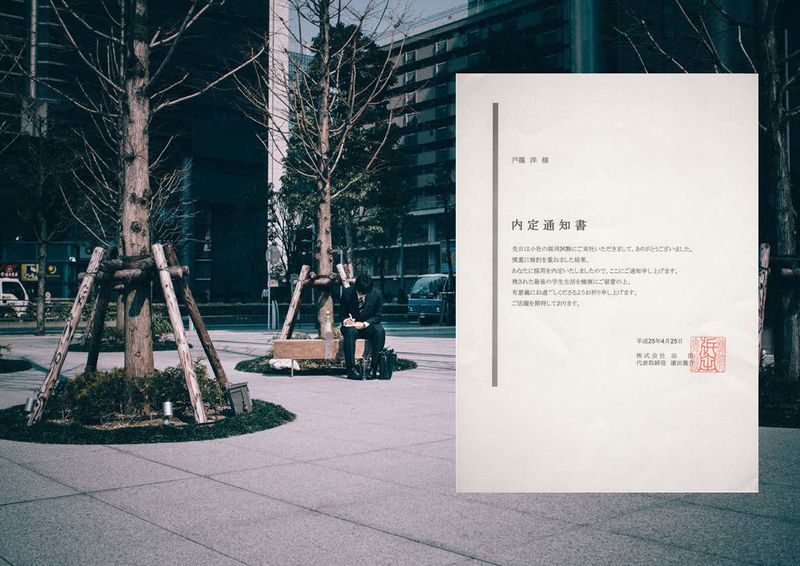A Despairing Job-hunting Journey in Japan
-
Published12 Oct 2016
-
Author
What started as a curious response to the photographer's best friend job-hunting ended up representing the stress and anxiety of a nation’s young generation.
What started as a curious response to the photographer's best friend job-hunting ended up representing the stress and anxiety of a nation’s young generation.
Hiroshi Okamoto, born in Tokyo, graduated from Ritsumeikan Asia Pacific University in 2014 with a degree in Social Science and Anthropology. After graduation, he began to work as a film director at various video productions in Japan. Since 2016, he has been working as a freelance photographer / film director. His projects mostly focus on East African countries and Japanese culture.
How did you begin your project, Recruit?
I started my project Recruit in 2012 when I was a university student in Japan. The main character is my best friend from university, whom I shared a flat with. My friend totally changed himself when he started job-hunting; changing hair styles, wearing black suits, and using black bags. That was a big shock to me, so I started to photograph him with simply a curiosity about job-hunting in Japan, because job-hunting is a well-known contemporary issue among the young generation but I really wanted to find it by myself through my friend.
For how long did you work on the project?
This project started in 2012 when I was a student. However, I didn’t intend to make a photo project out of it. I photographed him until he finished his job-hunting; for around half a year. Then, I tried to show my pictures and get feedback from Japanese and international photo editors, but the result was not good.
Everyone said it’s an interesting story but something is missing in the visuals. Then, I participated in a handmade book workshop with Japanese curator, Yumi Goto and Belgian photographer, Jan Rosseel in 2015. That was a big turning point for this project and even my photographic career. They really taught me how storytelling is more important in the visual works these days and how it can become stronger as a project.
After the workshop, I really changed my mind and style for this project and even photography. During the book-making process, I tried many things like including my friend's actual application sheets, archive photos, and email conversations as experiments for the storytelling. Finally, I could make a handmade book, Recruit, in January 2016.
© Hiroshi Okamoto, from the series Recruit
Do you know how the project has been received in Japan? Have people been able to find themselves in it?
Actually, I intend to make an exposure of this contemporary issue in Japan in other countries. This issue is very common in Japan, but it’s not around the world. The point of this project is to try to show this issue in Japanese society from the personal story of my best friend. Even though this issue is common, it’s very difficult to find documentary or reportage artworks about it. That’s why when Japanese people see my project, most people are really surprised about my work. People know this issue and have experienced it themselves; that’s why I guess when people look at my project, everybody is reminded of their personal experiences of job-hunting through my friend's story.
I liked how you combined elements from ‘behind the scenes’ when a person is looking for a job, for example, the flight, the photo booth picture, the tie knot guide, etc. What were your intentions by including outside elements? Could you elaborate on that?
That’s one of the most important parts in this project. Actually, I got these ideas through book making with Yumi Goto and Jan Rosseels. Yumi and Jan advised me on how I can turn my friend's personal story of his job-hunting experience into a visual story. We really thought those visual materials like the flight ticket, photo booth picture, tie knot guide…etc give more feelings and atmosphere to the story as visual art. For myself, storytelling is the most important point of my visual works.
As you have said, you also made a book about this project. Can you talk more about the thinking and edition behind it?
I found myself very immersed in the book narrative; every detail allowed me to meet my friend, but also find myself in it.
For me, this book is the best format to tell this story and project. When I showed only my photographs to photo editors after shooting my friend, everyone said the story is interesting and strong, but the images are not enough for storytelling. That’s why I really took care to make a personal story about my friend in this book. The total edition is 147. The number references how many days my best friend was looking for a job.
You seem to be interested in recounting individual and under-reported stories. What are you looking to tell through your photography?
It’s true. As I already mentioned, the point of this project is to try to show this contemporary issue in Japanese society through the personal story of my best friend. I think this approach works well because it is possible to show the background of this issue with a personal point of the view unlike general reportage in a newspaper. I do not want to make this story only miserable and stressful – like an extreme case of an unhappy Japanese office worker - because there are more than half a million young job-hunters in Japan.
I think it’s easier to make a story to focus on only miserable stories in this issue, relating the context of the stressful Japanese society, but in my opinion to express and show the reality of this issue. I really wanted to start this issue from one personal story because there are more than half a million stories. We need to be careful that the reality is more complicated, not easy to say only miserable from extreme cases.
In my view, I can say my photography is my interpretation to understand and express this contemporary issue.
© Hiroshi Okamoto, from the series Recruit
You also practice video aside from photography. How do you separate one from another?
Yes. I used to work in film production in Tokyo before becoming a freelance photographer and film director. I think photography and video are totally different types of media. However, after I changed my photography style to focus more on storytelling and conceptual visual works, I can find many similarities between photography and video. Besides, I am interested in multimedia these days. I hope I can work well combining my photography and video work as one multimedia project in the future.
To learn more about this project, visit Hiroshi's PHmuseum profile.
